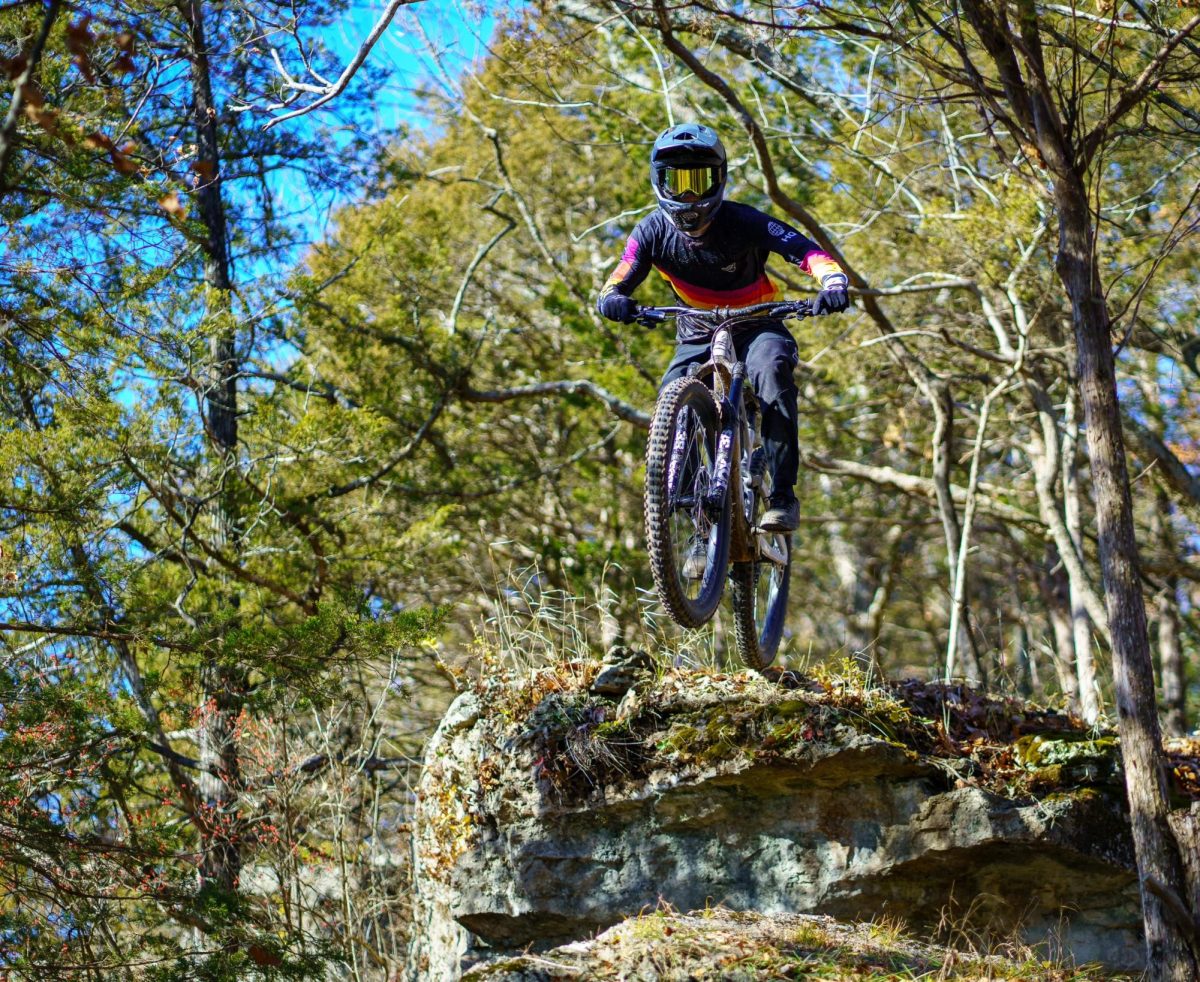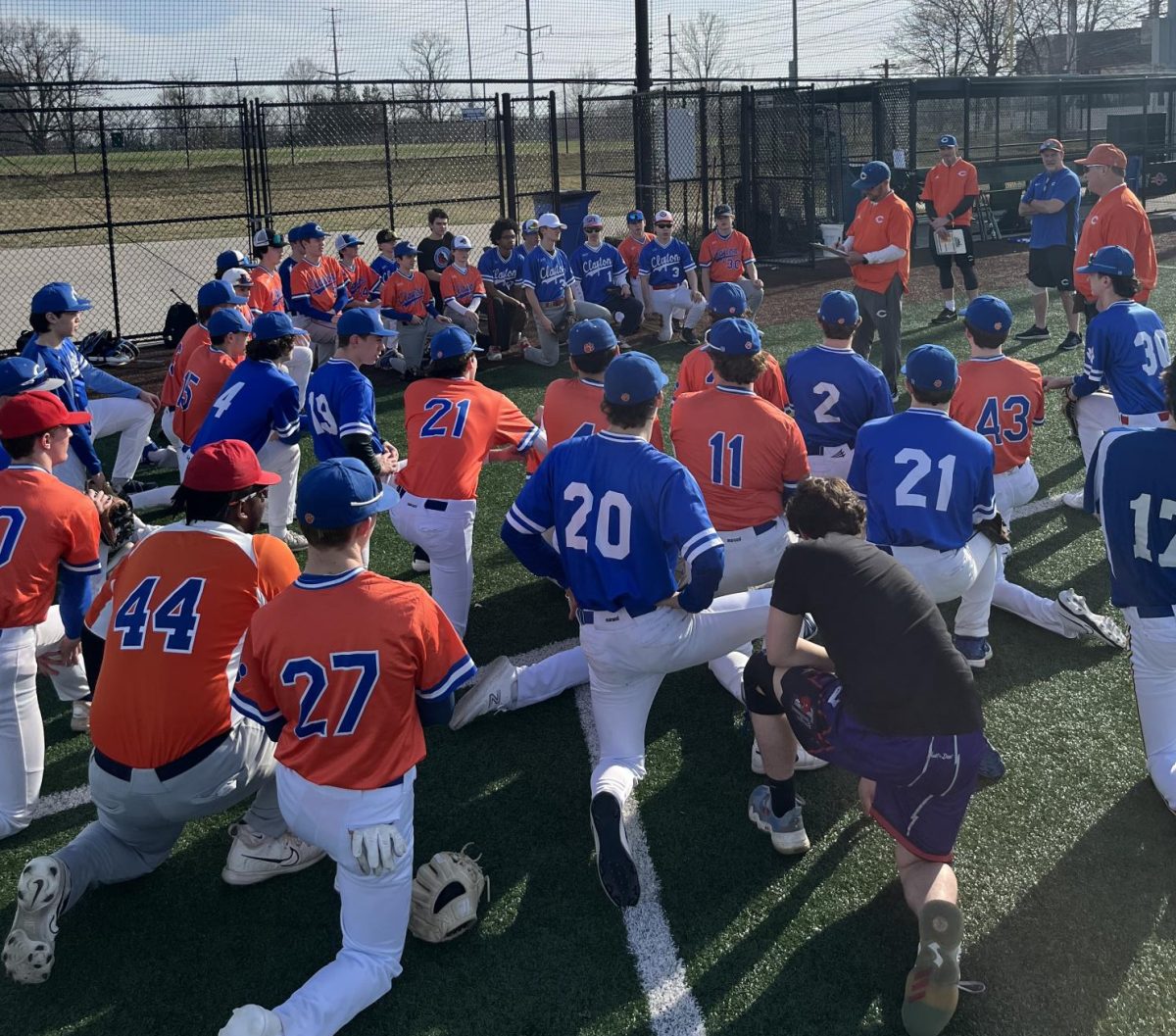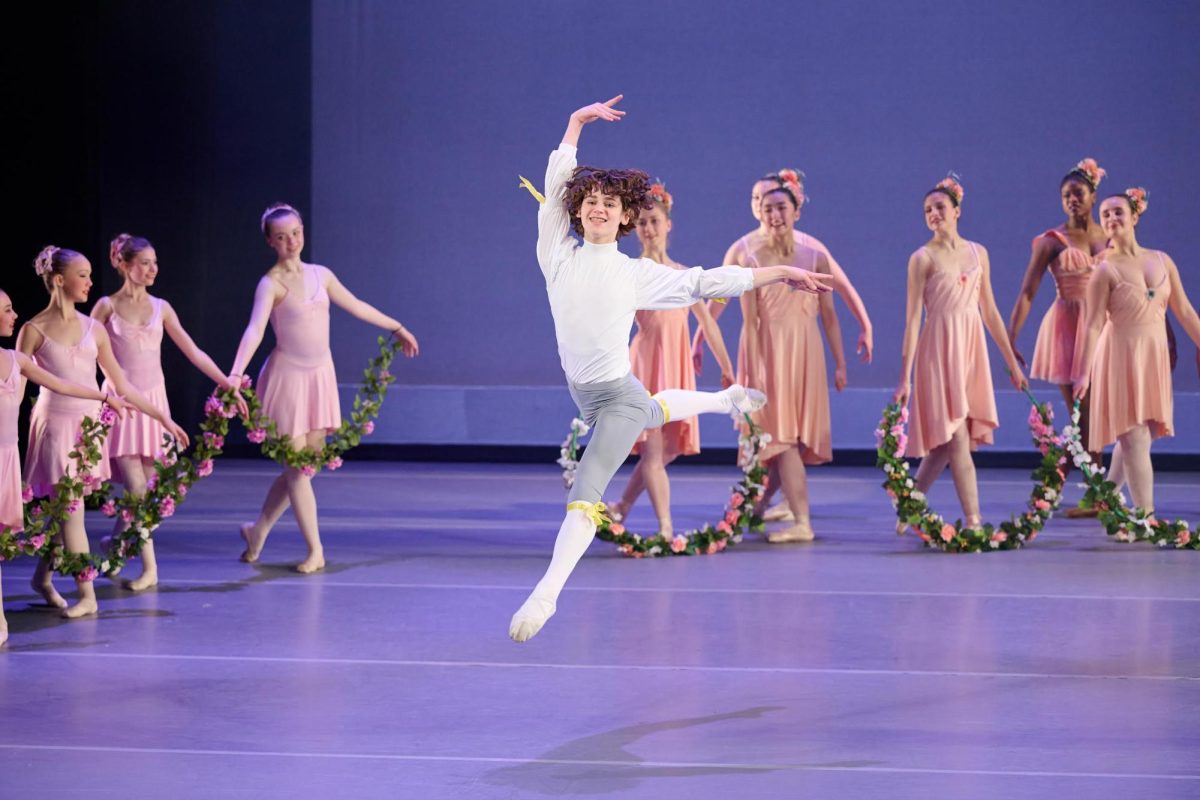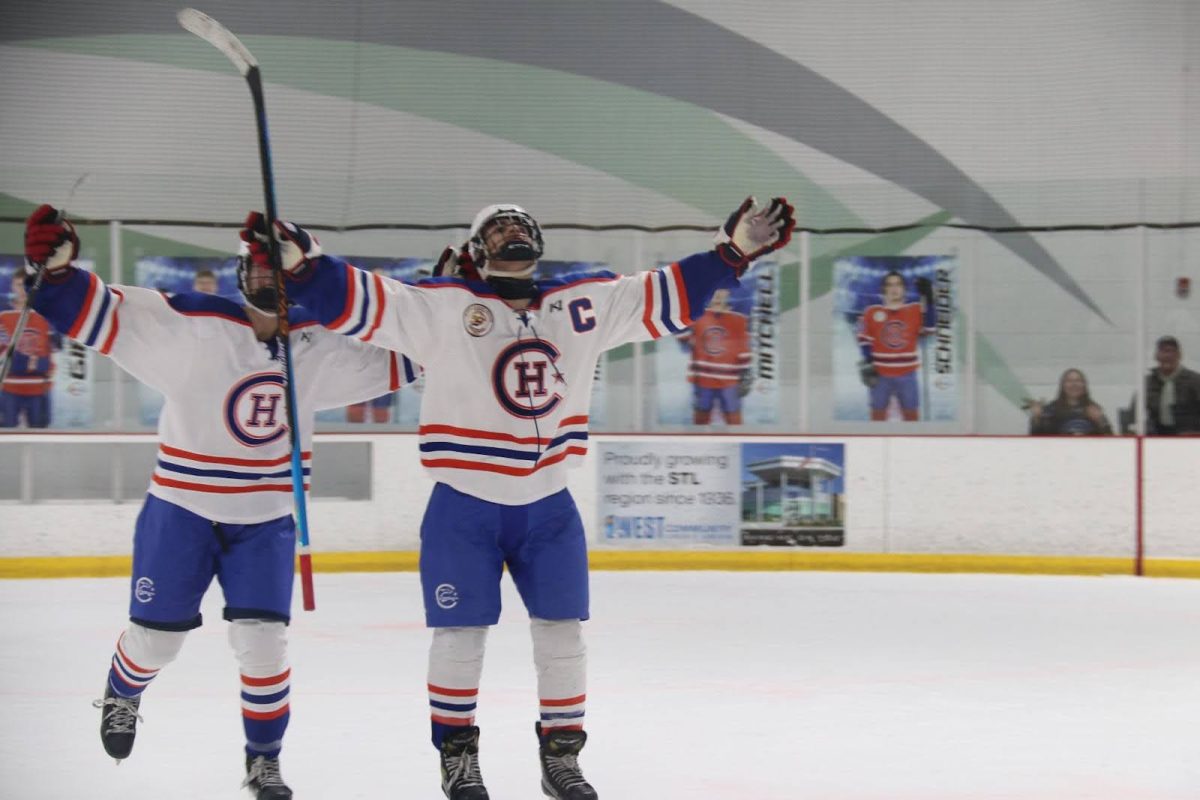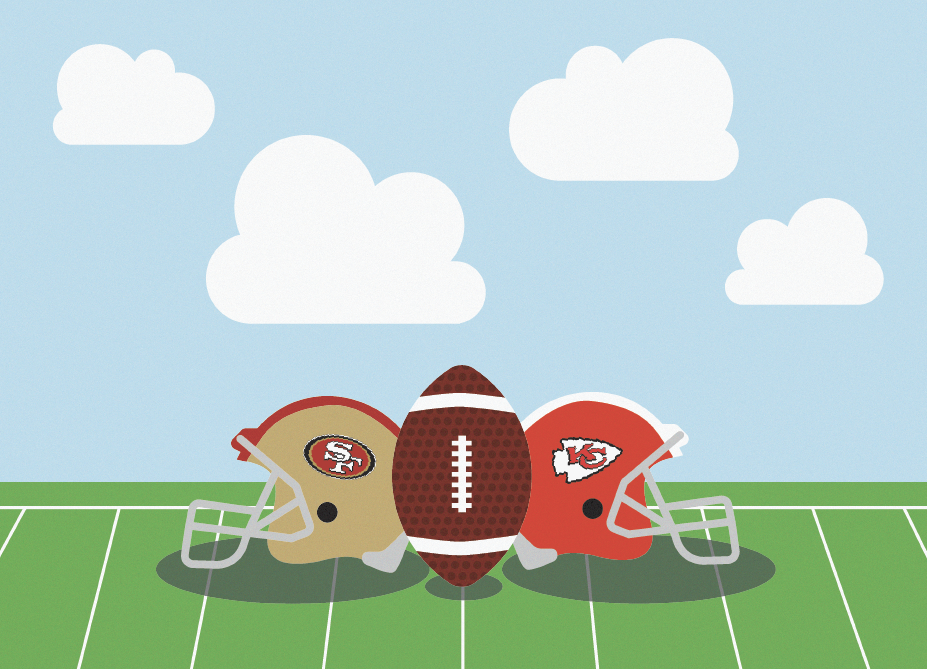For many sports penalty shots or sudden death periods are an offensive struggle.
However, in ice hockey a scored penalty shot is praised: only around 30 percent of penalty shots are successful. Due to this, penalty shots in ice hockey are considered a defensive battle.
Penalty shots are rarely awarded during games and when they are awarded it is because a defensive mistake. Out of the nine possible reasons for calling a penalty shot in hockey only three are usually seen.
The first reason for a penalty is a defensive player covering the puck in the crease, the second is the goalie throwing his stick and the final occurs if an offensive player is on a breakaway and is tripped down without having a chance to score.
Even though penalty shots occur less in ice hockey than they do in other sports, hockey penalties share a lot of similar characteristics with other sports. Like soccer and field hockey typically five players per team shoot, and a battle between the goalie and the shooters ensues.
“I look at [the goaltender’s] depth and position to determine what I will do,†sophomore Gabe Jacus said.
The main difference between ice hockey and other sports that have penalties is that the shooter can deke or shoot, increasing the possible angles. The goaltender is forced to interpret what the shooter will do in a short period of time.
While the goaltender is trying to interpret the shooter’s intentions, the shooter is reading the positioning of the goaltender. If the goaltender is out of the net trying to take down the angle most shooters will make a move while if the goalie is back in the net the option for a move is practically taken away.
For many shooters, like senior Josh Few, the decision about whether to shoot or to make a move is almost predetermined. This is because many people stick to something in which they have confidence, which depends on the player.
“I like to stick with my signature move,†Few said. “It works, so why change?â€
Other shooters have a different opinion with regard to what to do on penalty shots.
“I like to keep things open,†Jacus said. “I figure it out on the way towards the goal.â€
Shooters are not the only ones with preferences on what to do on penalty shots. Goalies have preferences, which usually consist of being either passive or aggressive. For some goalies like ex-Clayton student Michael Vishnevetsky, however, those preferences are mainly pressuring the shooter.
“I like to use the poke check on penalty shots,†Vishnevetsky said. “It seemed to work in the beginning so I stuck with it.â€
Goalies however have less freedom than shooters for their main focus is to save the shot and to do that they have to react based on the shooter’s actions.
“If I can’t force the shooter to do what I want I wait for the player to make the first move and then improvise,†Vishnevetsky said.

